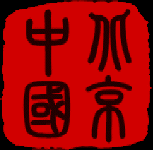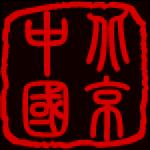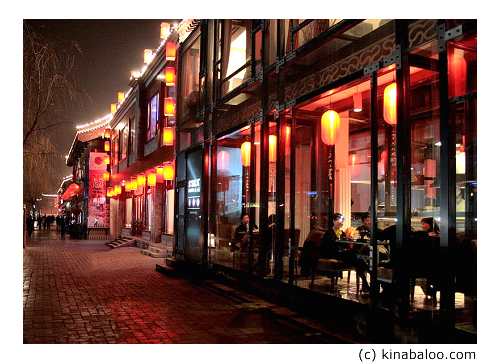| 
QianHai and HouHai Introduction
 QianHai ('Qian Lake') is situated between BeiHai and HouHai, just north of BeiHai Park. QianHai is at the heart of the tradional hutong area of central Beijing. Along the west side of QianHai is Lotus Lane, a delightful river-side pedestrianised lane with a variety of cafes, tea houses, bars and boutiques that blend modern and traditional elements in their design. There are also some cafes, restaurants and bars on the east side. Lotus Lane is only a few years old but the origins of the 'Back Lakes' area as a trendy hangout go back further. Some say that it all began when ex-concert cellist Bai Feng opened his 'No Name' bar (it is still there today). This place had no sign and filled up by word-of-mouth. Then the scene was set for a whole new generation of stylish establishments and the reinvigoration of an ancient part of the city. The areas close to HouHai, QianHai and XiHai ('West Lake', the northernmost lake) have become increasingly upmarket and bohemian. Today, these areas are as popular with tourists as with the local trendsetters.  QianHai is especially popular in the evening as the artistic modern lighting and neon, mixed with traditional red lanterns, creates a lively and inviting atmosphere. One can even take a romantic river boat out on the lake with softly glowing lanterns and a choice of drinks and snacks. From the south of QianHai (Di'AnMen DongDaJie), follow the lake northwards to reach the popular area where QianHai joins HouHai at JinDingQiao (JinDing bridge, 'Gold Ingot' bridge). Just to the east from here is the road from JingShan Park to the Drum Tower (Di'AnMenWai DaJie).
HouHai
HouHai ('Hou lake') is situated between QianHai and XiHai, just north of QianHai. HouHai is in the center of the tradional hutong area of central Beijing. The ancient Drum and Bell Towers are nearby.  Around the south and along the west side of HouHai are a variety of teahouses, cafes, bars and boutiques that combine modern and traditional elements in their unique designs. There are also some cafes, restaurants and bars on the east side. The area of Houhai, QianHai and XiHai collectively is often referred to as ShiChaHai. The water for these lakes comes via canal past the north of BeijingZoo from KunMing lake at the Summer Palace. In turn, the water in KunMing lake comes from rainfall in the Western Fragrant Hills. HouHai is popular daytime and evening with small shops in hidden alleys and lots of rickshaws passing by. In the evening, trendy lighting and neon mixes with traditional red lanterns to create a lively yet relaxing atmosphere.  If you take a rickshaw tour around the HouHai area, there are two historical spots that you are very likely to visit. China's last emperor, Puyi, was born in a mansion near HouHai. Another courtyard house (SiHeYuan), in this case a very large one, was the longtime residence of Song QingLing, the wife of Sun YatSen. Both these mansions are now museums. The expansive gardens and ponds provide a glimpse of what life was like for the privileged before the Communists, who officially frowned on such extravagance. Then there is Prince Gong's Mansion (WangFuGong) that is detailed in its own section of this guide. A short distance to the east lie the Drum and Bell Towers. Not far to the north west is the massive DeShengMen Gate, just across the second ring road. There are plenty of charming bars along both sides of HouHai also, especially around the southern end and you will still find interesting places even as you stroll further north to where HouHai meets XiHai ('West Lake').  Just north of XiHai (west side) is JiShuiTan subway station. In ancient times, there were docks at JiShuiTan where goods were unloaded for the city of Ji (a very old name for what is now Beijing) after being transported along China's Grand Canal from HangZhou. Some of the boats docked in the Back Lakes (XiHai, HouHai, QianHai and ZhongNanHai). This area, just north and west from the Forbidden City was a supply center for the imperial palace - and also a place to relax for courtiers, poets and painters working in the old imperial city that surrounded the Forbidden City. The Grand Canal dates from the 5th century BC. During the Yuan Dynasty (14th century) the canal was widened, the Back Lakes were enlarged and docks here were thriving. The area is often referred to as ShiChaHai.
Video of QianHai | 






